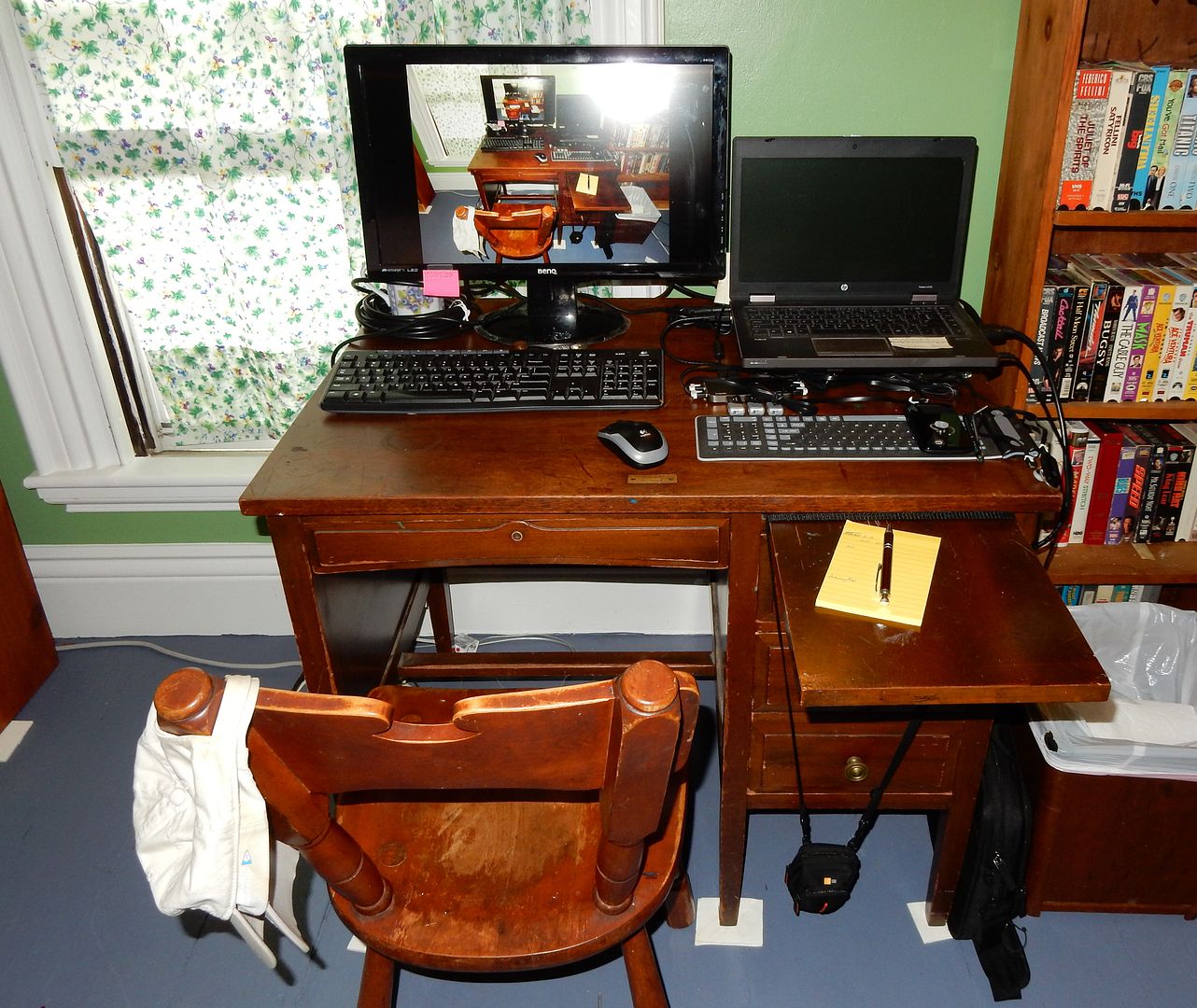As you read this , you are reading history. Not in the sense that it is something memorable but in the sense that it has happened. So everything that we do or say, once said or done, is in the past one nanosecond later. Think about that and now apply it to the the Fourth Amendment and warantless searches by law enforcement. The North Carolina Court of Appeals has now applied that logic to a ruling involving the search of a defendant’s cell phone records without a warrant (pdf) through the backdoor of warrant that was tangential to the case.
Superior Court Judge Lucy N. Inman signed the order and Detective Mitchell submitted it to AT&T, the cellular phone service provider and holder of the account associated with the phone number. AT&T provided the records of the location of the cell phone tower “hits” or “pings” whenever a call was made to or from the cell phone. AT&T sent emails of the longitude and latitude coordinates of these historical cell tower “hits” to Detective Mitchell every fifteen minutes. Detective Mitchell testified an approximately five- to seven-minute delay occurred between the time the phone “pinged” a cell phone tower and the time AT&T received and calculated the location and sent the latitude and longitude coordinates to him.
Tim Cushing at Techdirt explains how the definition of “historical” has now been twisted to violate a defendant’s civil rights:
The defendant argued that the “real time” tracking of his location violated his Fourth and Fourteenth Amendment rights (as well as analogous parts of North Carolina’s constitution). The court doesn’t buy these arguments, citing the Stored Communications Act, which allows government entities to obtain certain third party records without a warrant. It says the difference between what’s been considered unconstitutional by several courts — obtaining real-time location information with a tracking device — isn’t what’s happening here.
It argues that because the police didn’t intercept these “records,” everything is above-board, even if the sought “historical” data included two days of “records” that were created after the court order was approved.
Several courts have held the SCA permits a government entity to obtain cell tower site location information from a third-party service provider in situations where the cell tower site location information sought pre-dates the court order and where the cell tower site location information is collected after the date the court order issues. Although the former may technically be considered “historical” while the latter is “prospective” in relation to the date of the court order, both are considered “records” under the SCA. The government entity only receives this information after it has been collected and stored by the third-party service provider.
In plainer English, this means law enforcement entities can seek “historical” records from the “future,” with the mitigating factor being that the records are collected by third parties first. A short delay of a few minutes is enough to call these records “historical” under this interpretation. [..]
While the majority’s interpretation dilutes the meaning of “historical” by including location data yet to be generated under its warrantless wing, it does point out to possible future problems with the use of Stingray devices. These have often been deployed with the same sort of court orders, but contain the ability to track individual phones in real time. Once more details on these deployments come to light, the courts will be forced to confront a plethora of Fourth Amendment violations — at least if they’re going to remain consistent with this interpretation of “historical.”
Can you hear the sound of the shredder?





Recent Comments